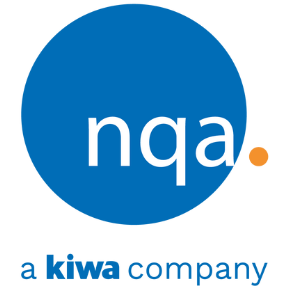Who is the Process Owner?
The processes of a quality management system need to be established, implemented, controlled, and improved for an organization to consistently deliver products and services that satisfy its customers. Read this blog to find out how to ensure this happens.
To understand the term “process owner”, let’s begin with the definition of a process. “A process is a set of interrelated or interacting activities which transforms inputs into outputs. The inputs of one process are the outputs from other processes and, processes are planned and carried out under controlled conditions to achieve added value”.
A process owner is a person who is given the responsibility and authority for managing a particular process. Most organizations find it useful to appoint individual process owners and define their responsibilities as ensuring the implementation, maintenance and improvement of their specific process and its interactions with other processes.
Process owners take an organization-wide view of their processes. They may not truly “own” the process in that some of the people who are involved in carrying out the process may not report to them.
Instead, the owner is responsible for the design of the process, in other words, how it is carried out, how it interacts with other processes and how it is measured. This responsibility is an on-going task.
Process owners have responsibility for their specific process, end-to-end. However, as stated earlier, this does not mean that all the staff involved in a process actually report to the process owner. Process owners usually have responsibility for most steps in the process and are able to influence other key areas outside their direct organizational control.
Process owners should ensure the following activities are completed:
- Define a process that can be easily subjected to audit
- Describe its links and interactions with other processes
- Identify its documentation and training requirements
- Issue and maintain any procedures and instructions
- Implement processes consistent with the quality policy
- Make available necessary resources and information
- Operate and control an effective and efficient process
- Resolve any problems and prevent their recurrence
- Communicate process changes to the process users
- Define and manage interfaces with other processes
- Communicate input requirements to internal suppliers
- Meet the output requirements of internal customers
- Analyse performance data and set quality objectives
- Track progress against process performance targets
- Communicate with process users to identify issues
- Identify risks and opportunities with current process
- Investigate and propose process improvements
Process owners can use the Plan-Do-Check-Act methodology to improve their processes:
1) Plan what you would like to do and how you would do it
2) Do what you planned
3) Check the results
4) Act to improve the process
In summary, a process owner is the person immediately accountable for creating, sustaining and improving a particular process, as well as, being responsible for the outcomes of the process.
A process owner is usually someone in management, not a team or committee. You need a single point of contact that is accountable for the overall process. Of course, the process owner may establish a process leader and team to help set up, operate, and support the process.
Author: Alan Jones, NQA Regional Assessor
